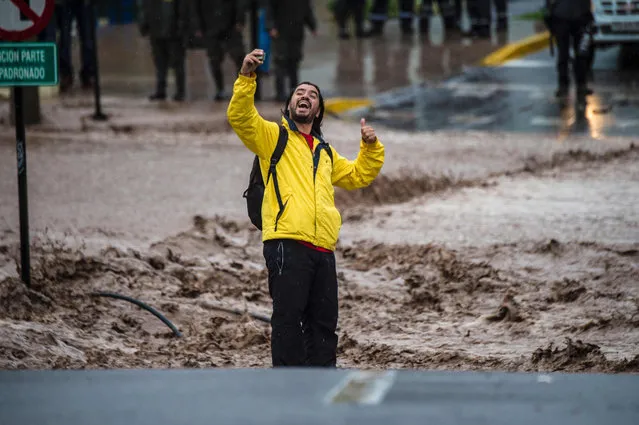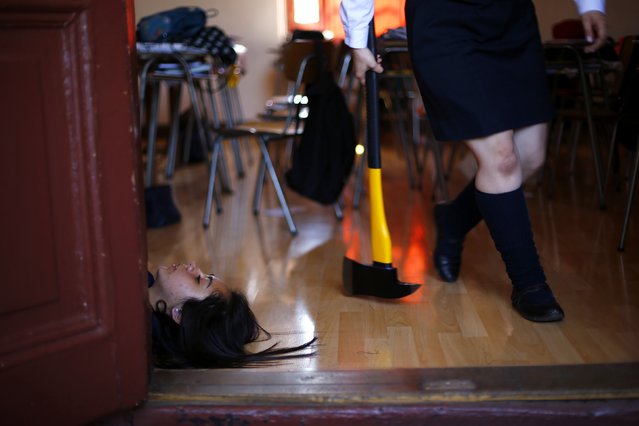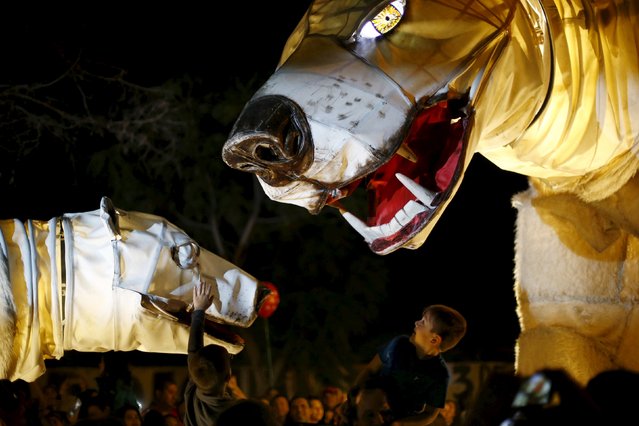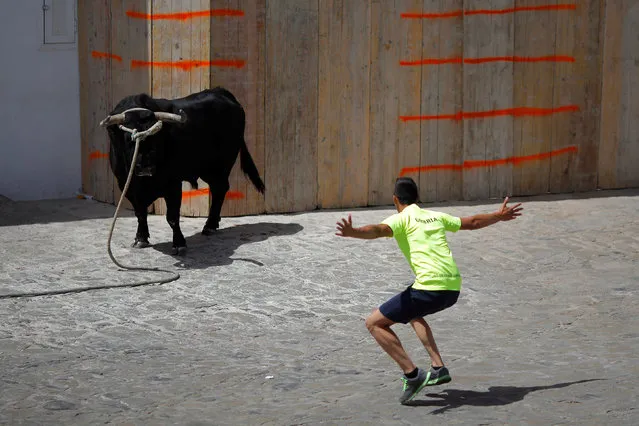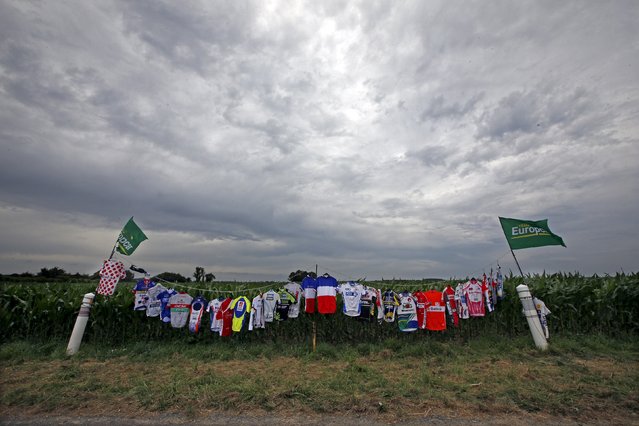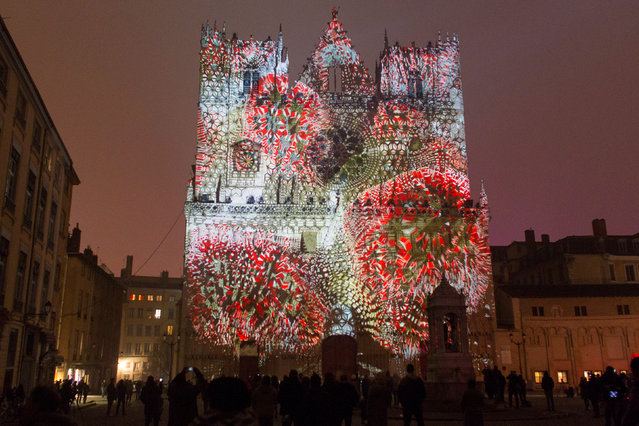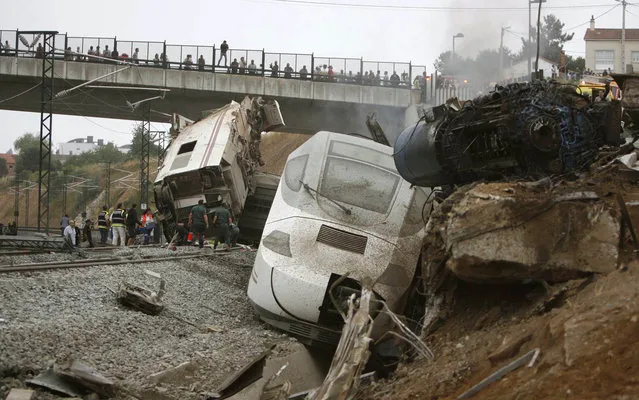
Emergency personnel respond to the scene of a train derailment in Santiago de Compostela, Spain, on Wednesday, July 24, 2013. A train derailed in northwestern Spain on Wednesday night, toppling passenger cars on their sides and leaving at least one torn open as smoke rose into the air. Dozens were feared dead, with possibly even more injured. (Photo by Antonio Hernandez/AP Photo/El correo Gallego)
25 Jul 2013 09:06:00,post received
0 comments

